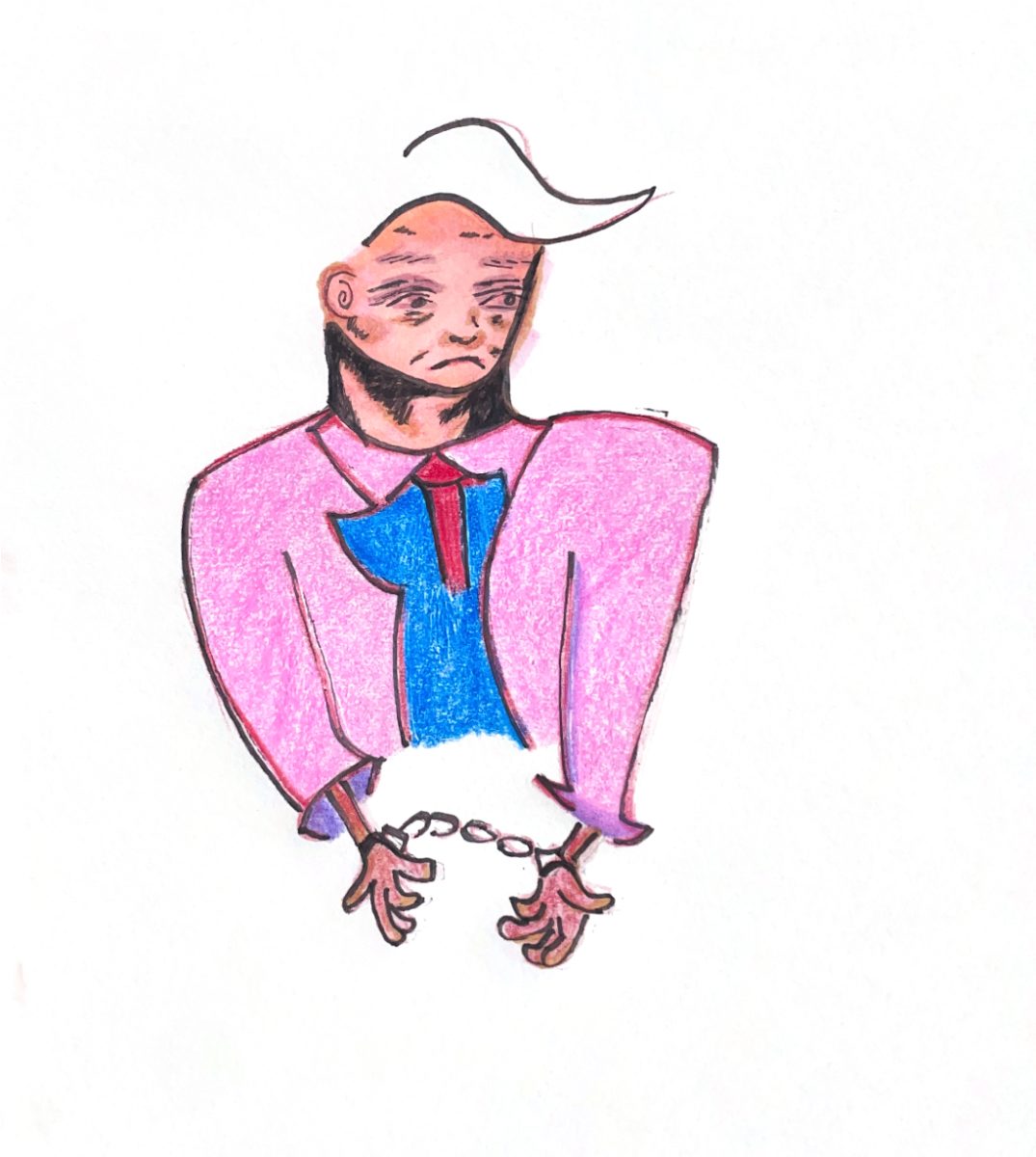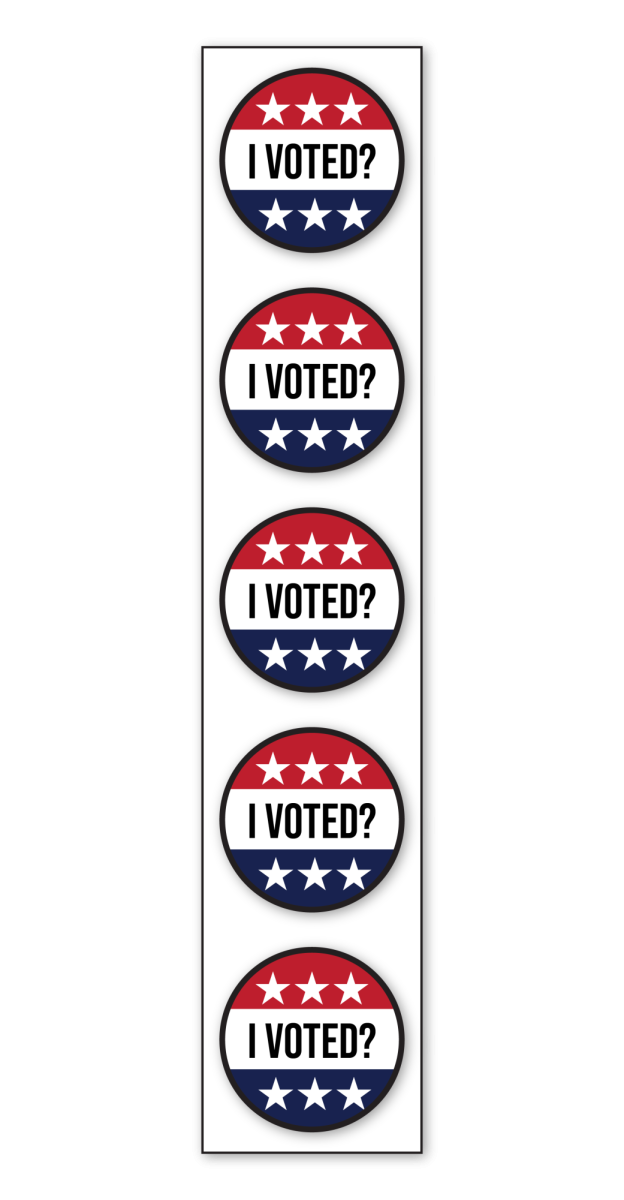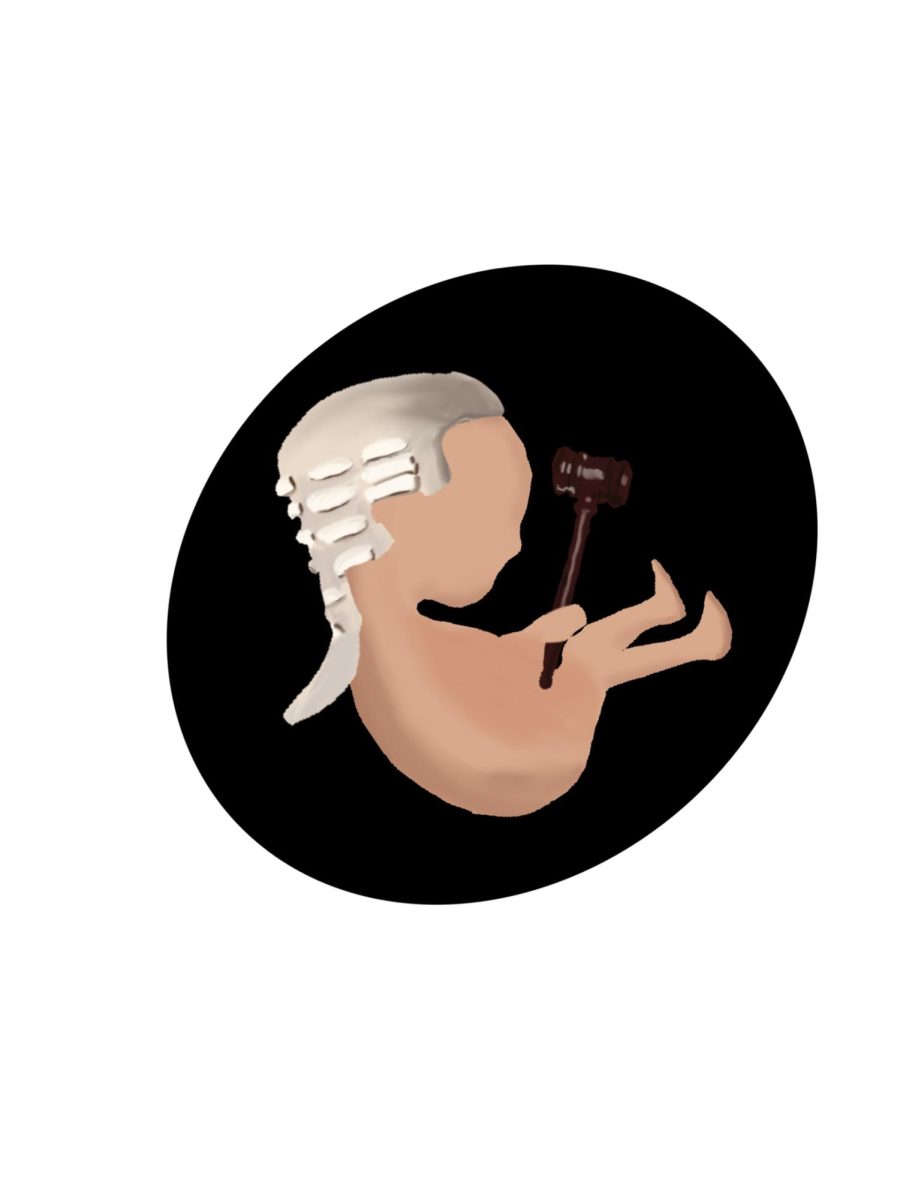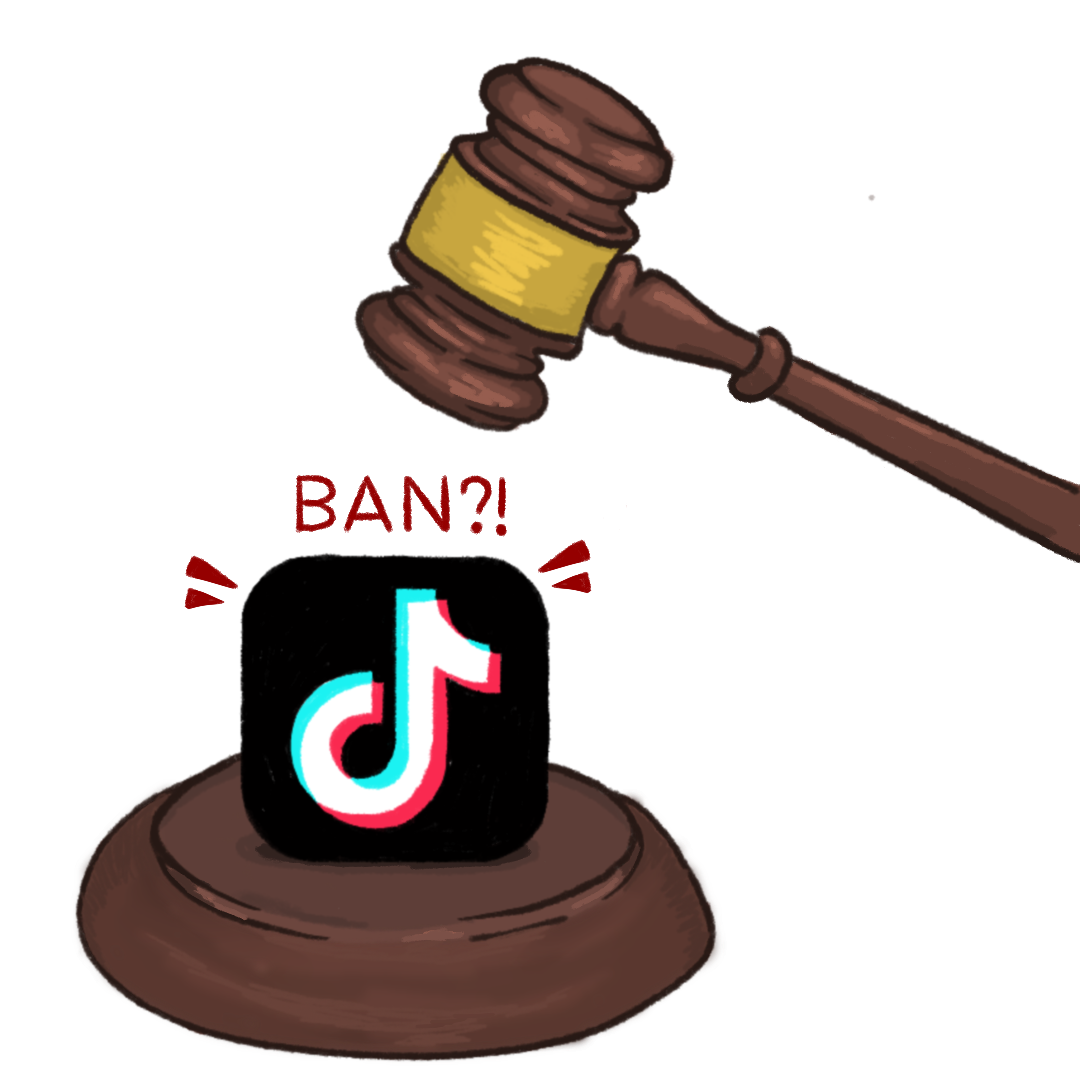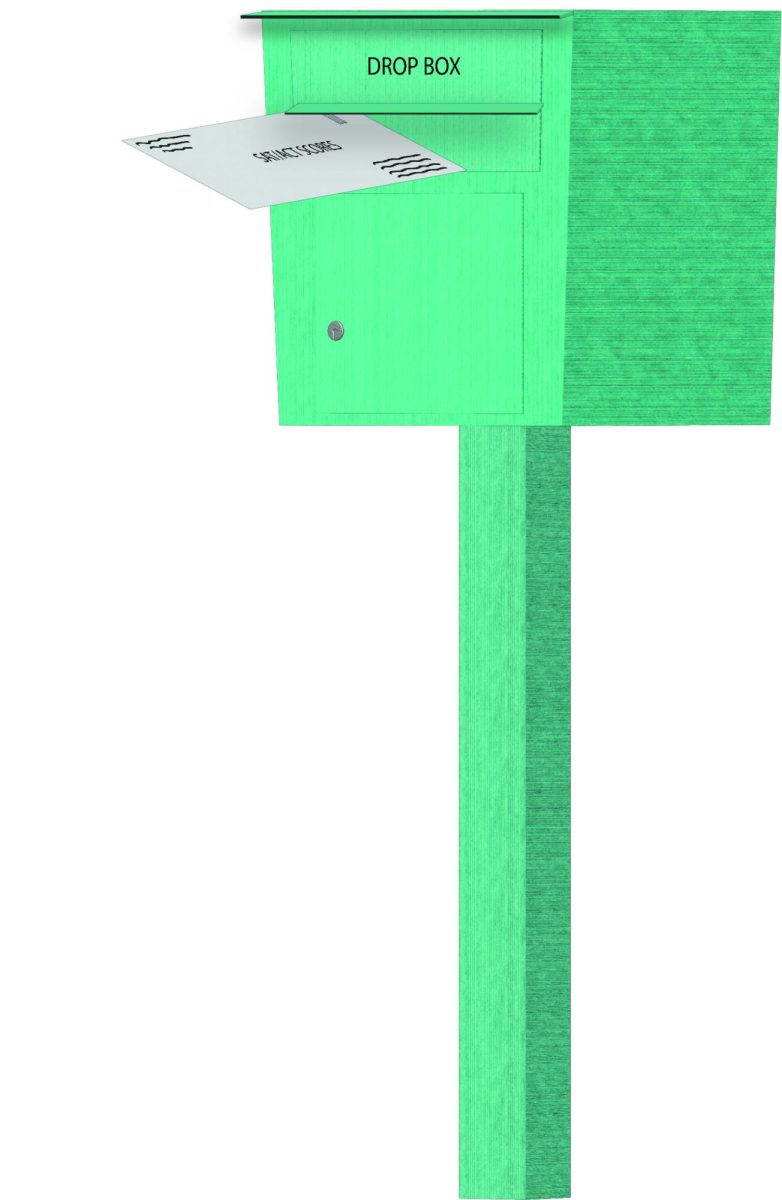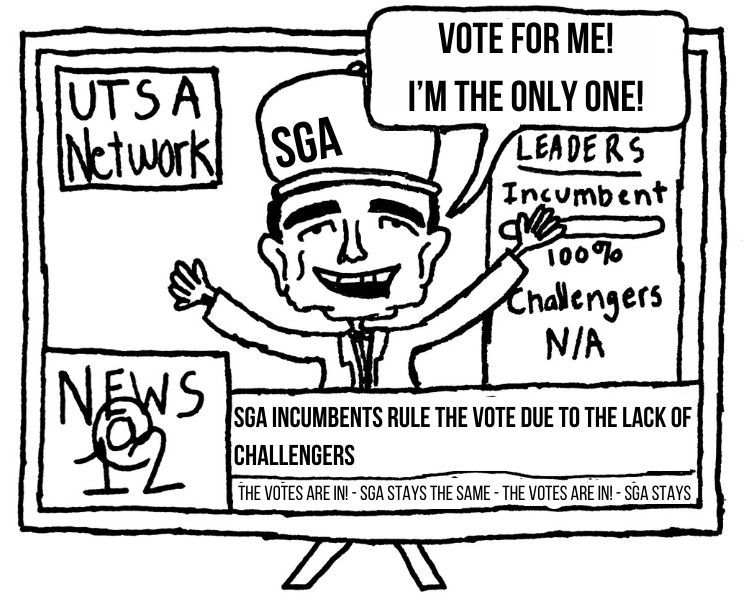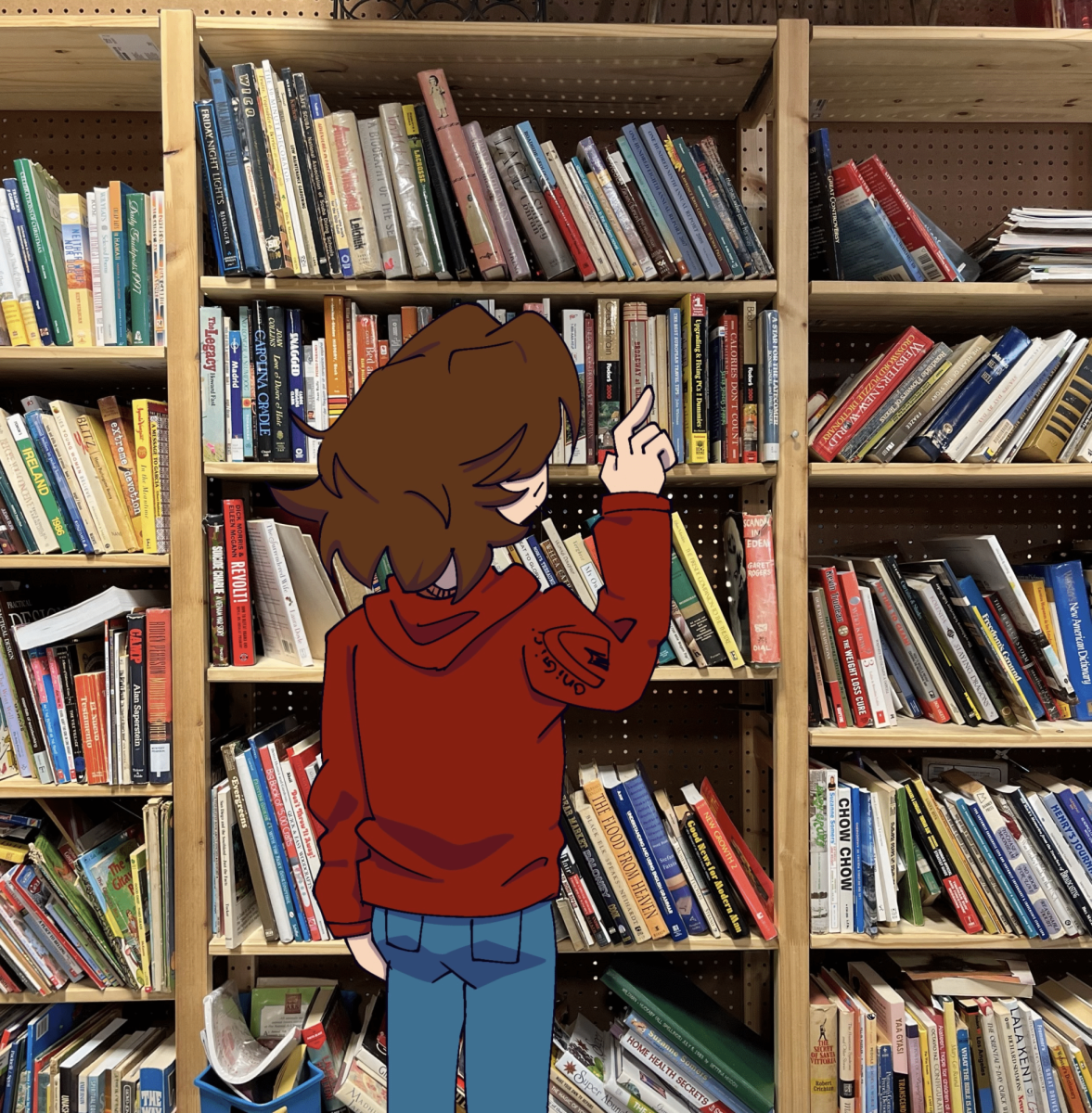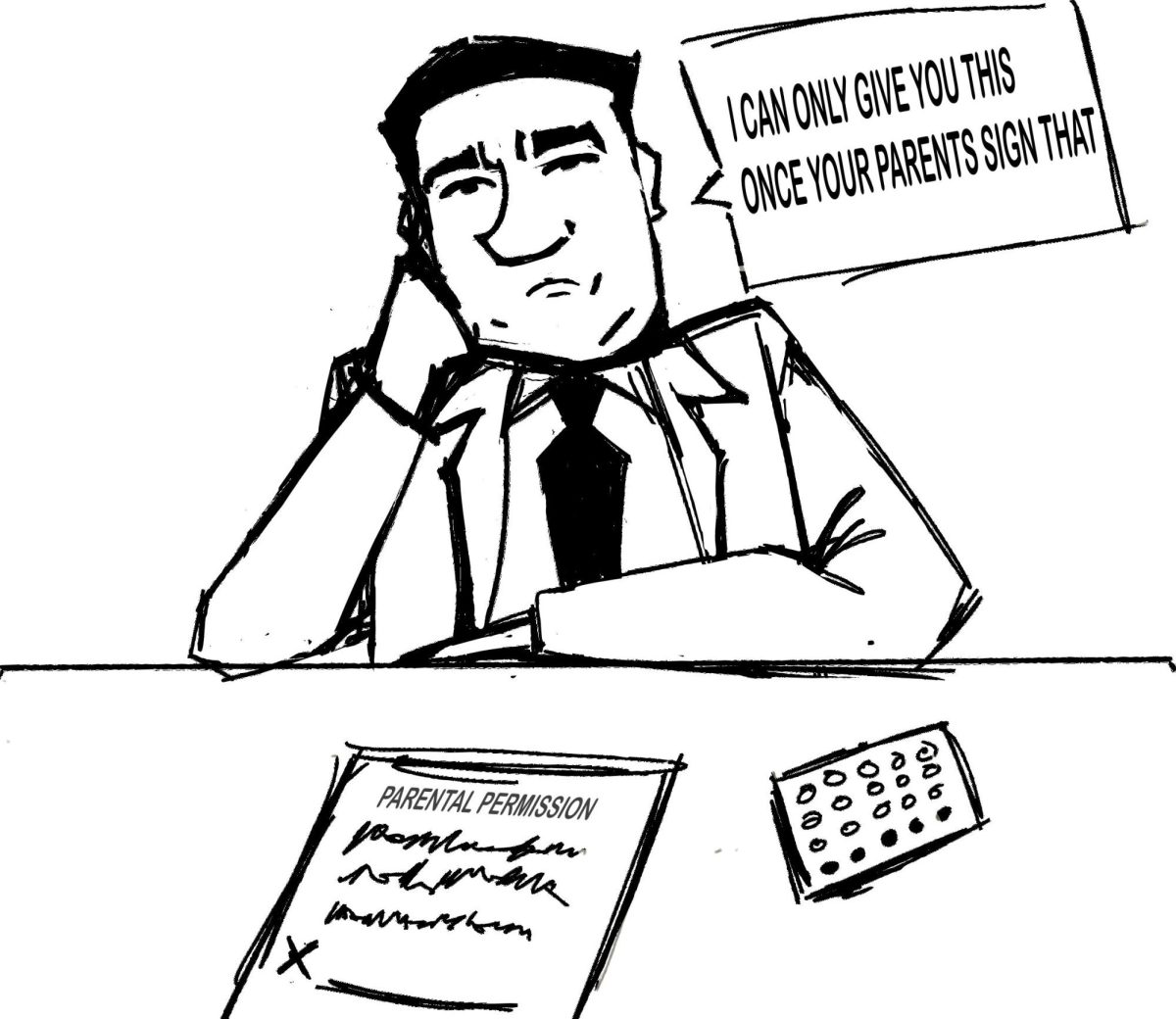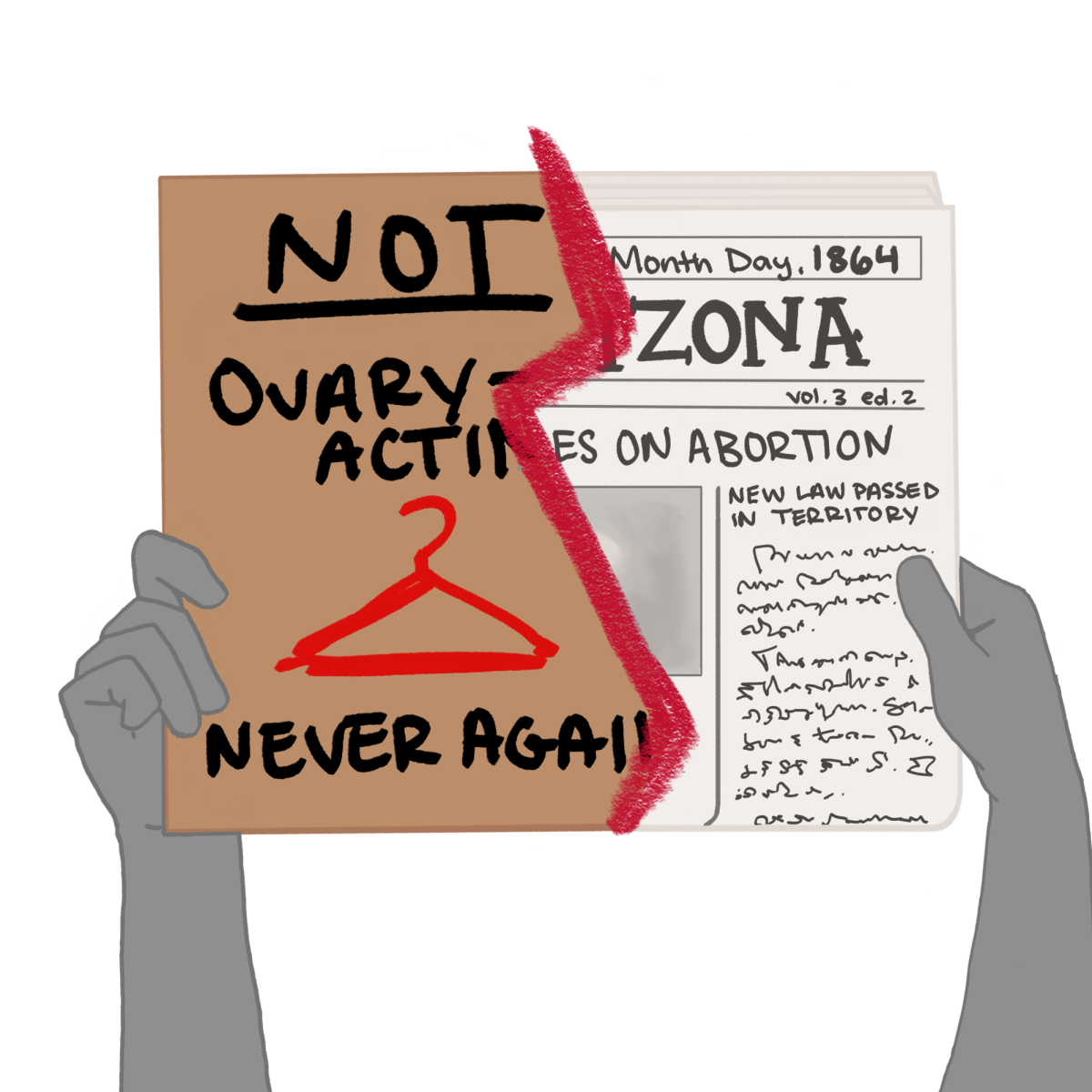

For most of its history, UTSA has been considered a commuter school — a place reserved for students who didn’t want to move away from San Antonio, couldn’t get into their first choice college, and, for some, couldn’t afford to go to school anywhere else.
As more top-notch talent has come here, that reputation has slowly begun to erode. Now most underclassmen have graduated from the top quarter of their high school class. More than ever, students are coming from across the state and across the country to attend UTSA. It won’t be much longer until the face of UTSA isn’t a commuter student but a full time student at a Tier One university. This is the truth of the matter, and the sooner we accept this the sooner we can make this the reality.
The shift from a commuter school to a Tier One university may sound glamorous and full of promise, but inevitably sacrifices must be made. Among them is the loss of many part-time students and increased tuition to lure higher quality teachers and programs.
Provost John Frederick, along with a tuition and fees committee represented by students, faculty and administrators, will likely be proposing a tuition increase of 5% for undergraduates taking 12 hours or less while keeping tuition flat for undergrads taking more than 12 hours in a semester. The proposal would also include a 3% tuition increase for most graduate students.
It isn’t hard to see that this proposal — if adopted by the UT Board of Regents — would be a burden to part-time students, many of whom cannot afford to be enrolled full-time and many of whom work in addition to their studies.
As of 2012 over two-thirds of UTSA students were enrolled part-time. These students compose the bulk of the student body and are without a doubt integral to UTSA’s current identity.
But UTSA’s identity is shifting, and so in turn must the composition of the student body.
Our 4-year graduation rate currently hovers around 10 percent. Our retention rate is paltry compared to other major Texas universities. We still lack a cohesiveness that would bring together our students and connect us with the city we call home.
UTSA needs to begin shifting away from part-time students if it wants to stay on pace to becoming a Tier One institution. Catering to full-time students will not only lead to a culture that brings the student body together but also help push us towards the respectable numbers that define a Tier One institution.
Encouraging students to take a full course load will keep them on track to graduate on time. While there is nothing preventing a part-time student from graduating, the fact remains that a full-time student is much more likely to graduate on time and on track than one who only takes 9 hours of classes each semester.
Additionally, a focus on full-time students will indirectly help create a more cohesive campus culture. Full time students are more likely to stay on campus and contribute to the fabric of the university than a part time student who only commutes to UTSA for a couple hours each day.
The success of the Capital Campaign has brought in over $100 million to UTSA, and this has helped to keep much of the cost of providing a quality education low for students. But raising the cost of tuition is a necessary evil that will help the university in the long term.
The proposed tuition increase will encourage students to enroll in more classes and help UTSA transition from a commuter school to one with a stronger campus identity. More full-time students will help boost UTSA’s four-year graduation rate, give us an edge in gaining Tier One status and build a stronger UTSA community.







